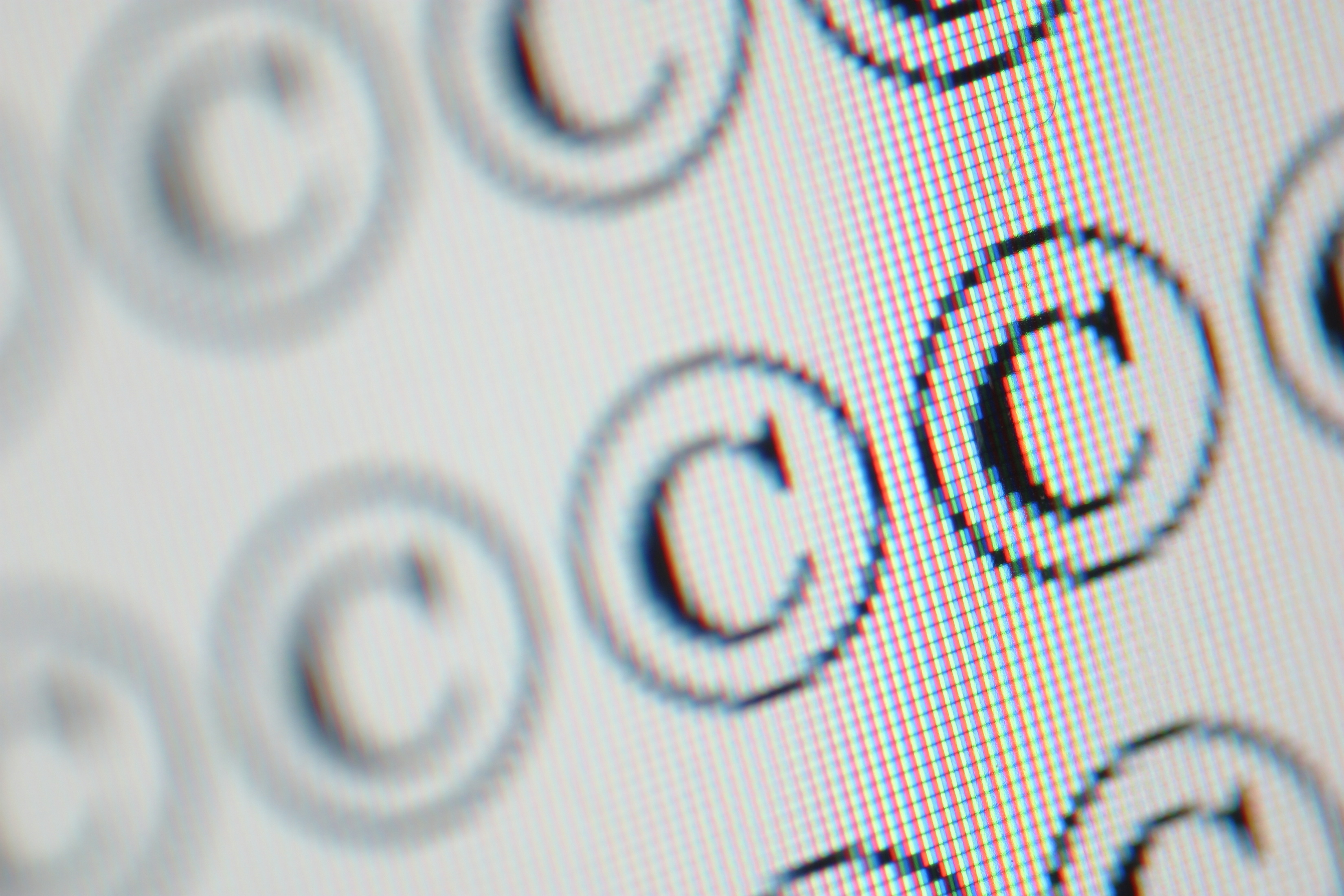Navigating Copyrights in an AI World

Navigating copyrights in an AI world has not gotten any easier with a recent court ruling. Determining what is legal – and what is fair to artists whose work is used in training AI image generators – will not likely be resolved easily. While a recent court case might provide some insight on the issue, it’s fair to say it far from settles the matter.
The Legal Quagmire of Training AI with Copyrighted Material
A recent ruling by a California judge in a case brought by three artists against AI image generators Midjourney, Stable Diffusion, and DeviantArt highlights the complex issues around copyright and training datasets for artificial intelligence systems.
On one side, artists like plaintiffs Sarah Andersen, Kelly McKernan, and Karla Ortiz argue that scraping copyrighted works from the internet to train AI systems constitutes copyright infringement. They contend that feeding their artwork into these systems without permission deprives them of control over their creations. However, AI companies maintain they are on solid legal ground, claiming fair use protections allow incorporating copyrighted material for research purposes.
On the One Hand…
The judge largely agreed with the AI companies, dismissing most of the artists’ claims. For two plaintiffs who hadn’t registered copyrights, he ruled they lacked standing to sue. For works potentially included in training data, he found no evidence of direct copyright infringement, given the compressed, black box nature of the datasets.
But on the Other Hand…
However, the ruling wasn’t a total defeat for artists. The judge allowed cartoonist Sarah Andersen, who had registered copyrights, to proceed with claims over 16 specific works allegedly used without authorization.
The Debate Continues
This mixed ruling shows the complexity around applying copyright law to emergent AI technology. As AI becomes more pervasive, debates will likely continue over issues like fair use exemptions, proof of infringement when datasets are opaque, and adequate protections for creators. For now, the legal lines remain blurry. But this ruling moves the needle toward shaping policies and best practices as AI grows more entwined with copyrighted source material.
The path forward needs to balance spurring AI innovation with reasonably protecting artists. Constructive dialogue and cooperation, not just legal wrangling, between tech firms and creatives will help ensure AI develops ethically and equitably. This ongoing case will be influential in setting standards, as courts continue navigating uncharted territory at the intersection of copyrights and AI.
